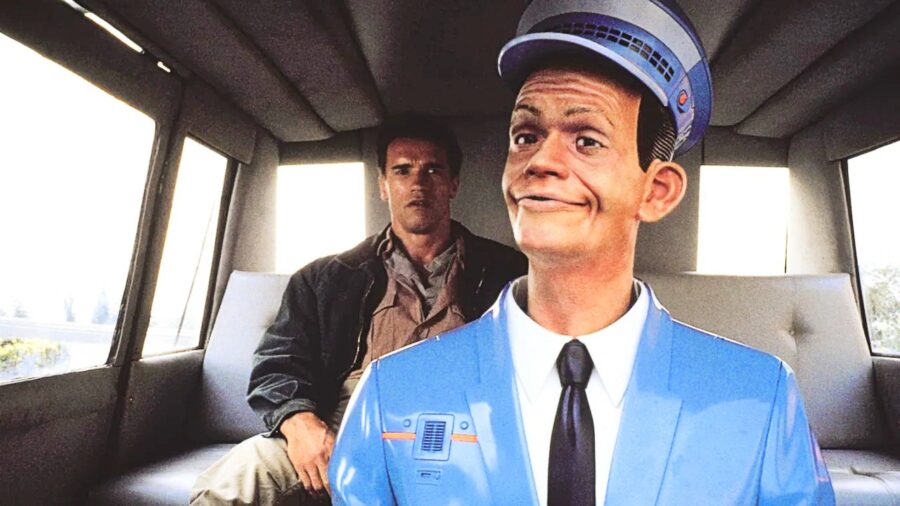Robotaxis Are Now Taking Rides With No Safety Drivers
A fleet of robotaxis with no ability for human intervention has been deployed in San Francisco and the future is here.

In a world plagued by massive climate change, regular mass shootings, and multiple monumental legal decisions, there are people concerned with how best they can get rid of taxi drivers. For a number of years now, major automobile companies have been hellbent on figuring out a way to get rid of the pesky “driving” element of the 4,000-pound machines they manufacture and they appear to be getting closer. Even now, “robotaxis” have begun to pick up passengers in certain areas and ferry them around without a human driver present to monitor.
Per The Byte, GM has recently released a fleet of driver-less vehicles known as the “Cruise” robotaxi model in San Francisco and is currently charging for their services. It is actually pretty impressive how quickly the wheels of capitalism move. It was less than three months ago that the U.S. National Highway Traffic Safety Administration revised their own rules to make completely driver-less cars road safe; this included allowing manufacturers the ability to produce cars that do not even have the emergency ability to operate the car, like a steering wheel and a drivers seat. For those who worry that American federal agencies are not working hand in hand with for-profit industries enough, this decision by NHTSA was made by request of GM specifically for their Cruise robotaxis.
For now, GM is only operating the Cruise robotaxi fleet in the San Francisco area at the moment, but very much has plans to expand to other areas. Per Bloomberg, Cruise Chief Operating Officer Gil West describes the introduction of for-profit driverless cars as a “Wright Brothers moment,” by which he presumably means to equate GM’s attempt to introduce their own proprietary taxi service with the first successful and sustained heavier-than-air flightcraft. It is somewhat ironic that he compares the two, considering that part of the Wright Brothers’ achievement was constructing a vehicle that required human piloting.
Gil West also goes on to say the near future will involve “rapid scaling of business” for the Cruise robotaxi, which is a way that business people like to say “we are going to do a bunch more of this as quickly as possible to make money.” Proponents of technology like the robotaxi claim that driverless vehicles will be safer than human-operated cars, despite no definitive evidence for that. In fact, in 2018 a driverless car with a safety operator struck and killed a pedestrian. Robotaxi supporters blamed the driver for not paying sufficient attention, though it can be very easily argued that the entire point of the driverless technology is to remove the need for attention and also that hypothetically the driver may have been paying more attention if they had actually been driving the car.
But for better or worse, the pace of technology tends to move forward, not back. Now that tech companies and car manufacturers have gotten a taste of the idea that they can build and market a whole new device and own or sell fleets of robotaxis, they are unlikely to drop the idea any time soon. Look forward to hailing a robotaxi in the near future.












